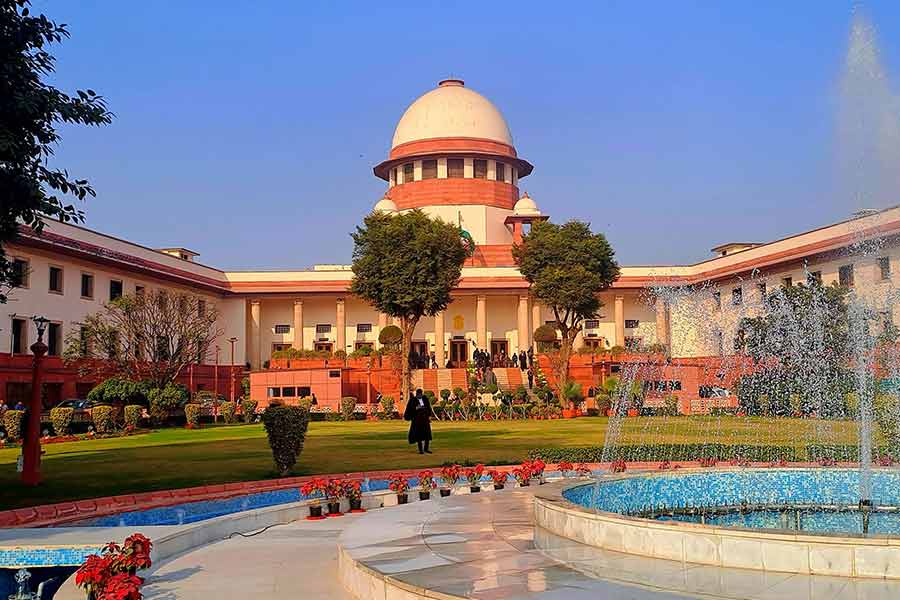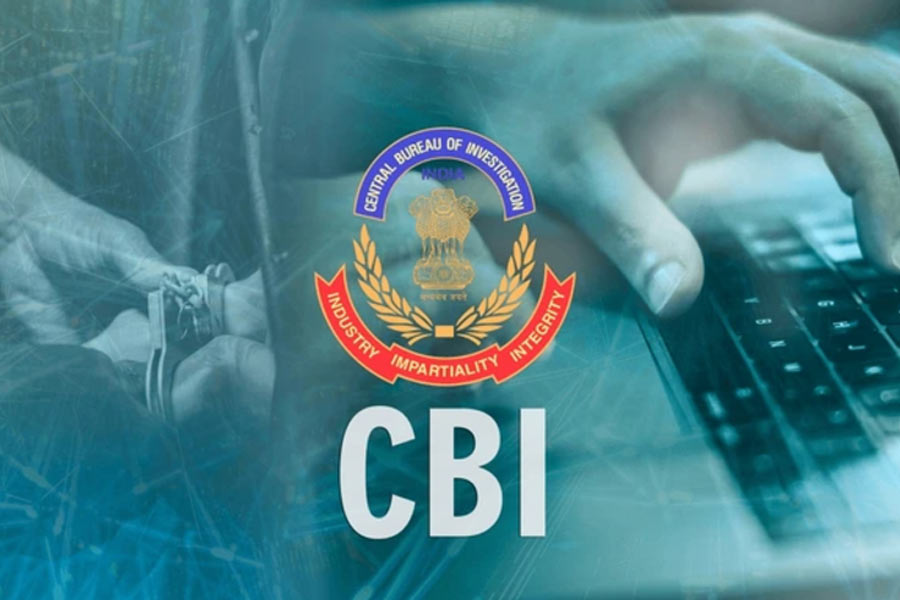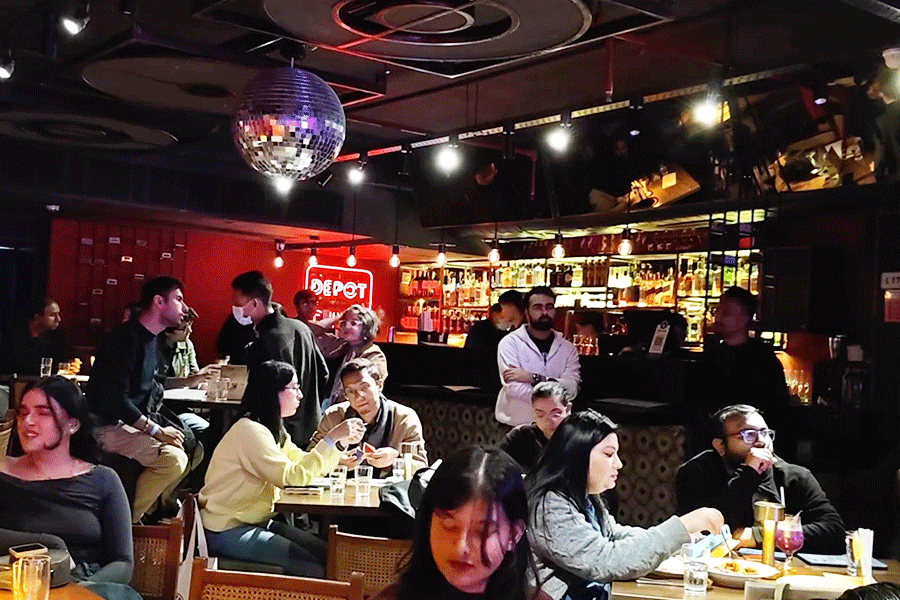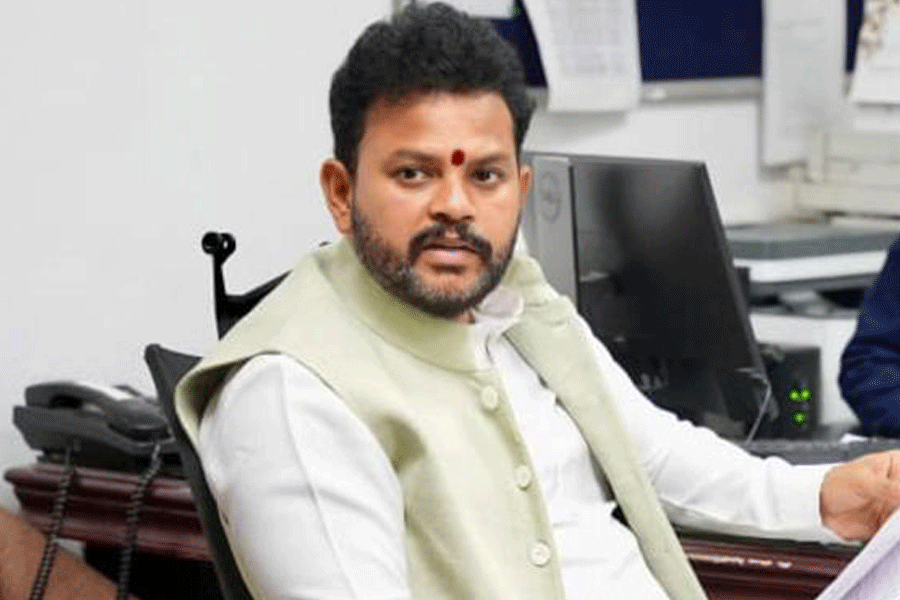The government on Wednesday told Parliament people belonging to the creamy layer among the other backward classes “cannot be stated to be at par” with those from the upper castes, prompting experts to question why this segment had been denied the benefits of reservation.
Others called for raising the existing quota of 15 per cent for Scheduled Castes, 7.5 per cent for Scheduled Tribes and 27 per cent for OBCs to match their population share.
The government’s statement in the Rajya Sabha came in the form of a written reply from minister of state for social justice Krishan Pal Gurjar. He was responding to AIADMK member R. Vaithilingam who asked: “Whether it is also a fact that creamy layer rollout put one section of Mandal class at par with upper castes.”
“No, Sir. The Government has implemented the ‘creamy layer’ concept in pursuance of the Hon’ble Supreme Court’s order in the case of Indra Sawhney and others etc. vs Union of India and others. Persons belonging to creamy layer cannot be stated to be at par with the upper castes because the economic /social status of such persons can change over period of time,” Gurjar said.
Professor Vivek Kumar, chairperson, Centre for the Study of Social System in Jawaharlal Nehru University, said the creamy layer concept had “doubly disadvantaged” a section of OBCs, and creamy layer people should also get reservation benefits.
“The government is giving reservation to EWS sections though they have been blessed with social and cultural capital for thousands of years. The irony is the socially and educationally backward sections, whose parental income is over Rs 8 lakh, are denied reservation though they have suffered exclusion from access to knowledge and resources all along,” he said.
A constitutional amendment the government got passed this year provides for 10 per cent quota for the economically weaker sections (EWS) among the upper castes whose yearly family income is less than Rs 8 lakh.
To be among the non-creamy layer among OBCs, a person’s annual parental income has to be less than Rs 8 lakh over the last three years.
Sudhanshu Kumar, assistant professor at Swamy Sraddhanand College, said reservation was meant for those who were socially and educationally backward to correct a historical injustice. “Economic criteria were not a factor for consideration for reservation. Parliament amended the Constitution this year. This is wrong because reservation is not an income-generation scheme.”
He said the Supreme Court had put a ceiling on reservation at 50 per cent. “Due to the EWS quota, the ceiling has been violated. The government should increase the reservation formula to match the proportionate representation of all social categories.”
The OBCs make up 52 per cent of the population, he added. “They deserve 52 per cent reservation too. Now that the government has gone above the 50 per cent ceiling, they can do it.”
The Scheduled Castes and the Scheduled Tribes together make up 25 per cent of the population, according to the 2011 census.
In the Lok Sabha last week, social justice minister T.C. Gehlot had been asked if the government would increase the reservation formula.
“At present, there is no proposal to review the reservation policy on proportionate basis of population,” Gehlot had said.











